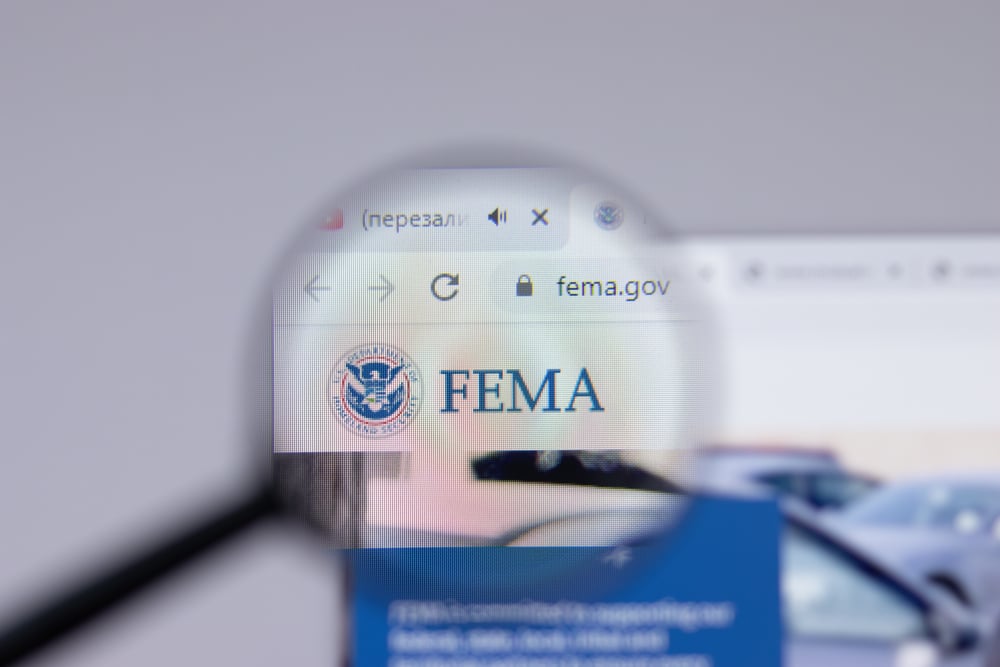The Federal Emergency Management Agency does not have enough funding to ride out the remainder of the hurricane season, Alejandro N. Mayorkas, the homeland security secretary, said on Wednesday.
The announcement comes as FEMA is conducting search-and rescue-operations in remote sections of Appalachia five days after Hurricane Helene made landfall in Florida and moved north, causing widespread destruction and the deaths of at least 175 people across six states. President Biden has in recent days approved major-disaster declarations for the states affected by the storm.
“We are meeting the immediate needs with the money that we have,” Mr. Mayorkas told reporters on Wednesday while en route to meet with officials in South Carolina. “We are expecting another hurricane hitting — we do not have the funds, FEMA does not have the funds, to make it through the season.”
On Monday, President Biden suggested he might need to summon lawmakers back to Washington to approve extra funding for disaster relief, after a stopgap bill for funding the government that passed last week did not provide the agency enough money to deal with multiple disasters.
And on Tuesday, a bipartisan group of 12 senators from the states affected by Helene urged colleagues in a letter to be prepared to return from recess and send the agency more funding.
“Although the true level of devastation is still unfolding, it is clear that Congress must act to meet the unmet needs in our states and address the scope and scale of destruction experienced by our constituents,” the letter said.
“This may even require Congress to come back in October to ensure we have enough time to enact legislation before the end of this calendar year.”
While the stopgap bill Mr. Biden signed into law last week contained an additional $16 billion for FEMA, preliminary assessments of the damage from Moody’s and others predict a cleanup effort that could cost tens of billions.
As Mr. Biden traveled to South Carolina on Wednesday to extend his support, Mr. Mayorkas described a sprawling response that included airdrops of food and other aid, and the deployment of more than 6,000 members of the National Guard in Florida, Georgia, South Carolina, North Carolina, Tennessee and Virginia.










